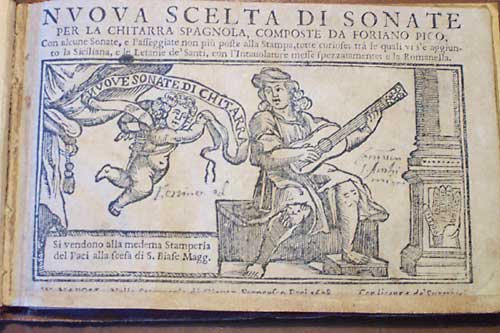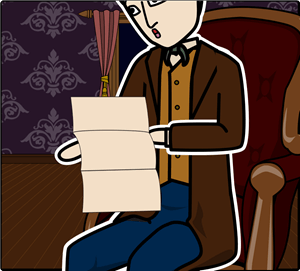

This is probably why so many twentieth-century thinkers, from the psychoanalyst Jacques Lacan to the founder of deconstruction, Jacques Derrida, were so interested in it. ‘The Purloined Letter’ has the force of a fairy tale or parable: there is a purity to its plot, a simplicity, an ability to resonate with deeper philosophical meaning. (Dupin also reveals that he owes the minister some payback after ‘an evil turn’ the minister did to him in Vienna.) The reference is Dupin’s way of saying he has discovered the minister’s plan, and foiled his scheme. He has been blackmailing his victim.In the substitute letter, Dupin reveals that he left a sheet on which he had written words taken from Prosper Jolyot de Crébillon’s Atrée: ‘A design so deadly, if not worthy of Atreus, is worthy of Thyestes.’ The lines allude to the story from mythology, in which King Atreus of Mycenae, in revenge for his brother Thyestes’ seduction of his wife, kills Thyestes’ sons and serves them to him in a pie. D- was in the room, saw the letter, and switched it for a letter of no importance. It is said to contain compromising information. The Prefect has a case he would like to discuss with Dupin.A letter has been stolen from the boudoir of an unnamed female by the unscrupulous Minister D.

Auguste Dupin some of his most celebrated cases when they are joined by the Prefect of the Police, a man known as G. It first appeared in the literary annual The Gift for 1845 (1844) and was soon reprinted in numerous journals and newspapers.The unnamed narrator is discussing with the famous Parisian amateur detective C. These stories are considered to be important early forerunners of the modern detective story. Auguste Dupin, the other two being “The Murders in the Rue Morgue” and “The Mystery of Marie Roget”. It is the third of his three detective stories featuring the fictional C.


The Purloined Letter by Edgar Allan Poe”The Purloined Letter” is a short story by American author Edgar Allan Poe.


 0 kommentar(er)
0 kommentar(er)
